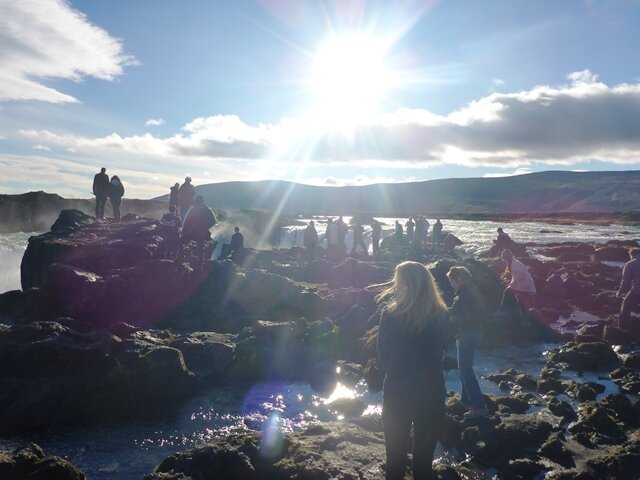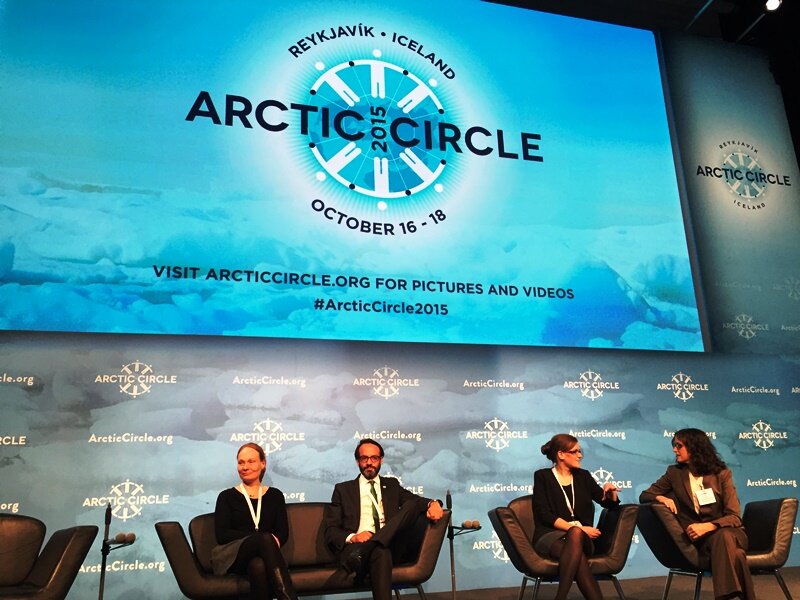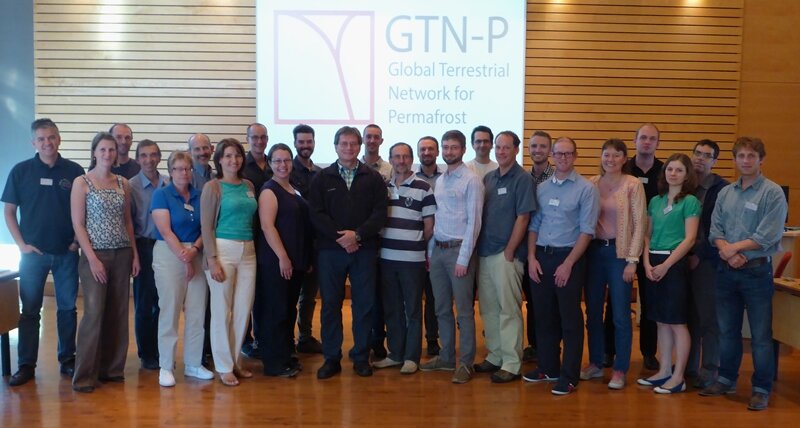Chersky 2013: Chamber measurement
 (Photo: Min Jung Kwon) Each chamber setup looks like this. Two wooden plates on both sides of chamber, and one electricity box for gas analyzers and data logger/sensors. When I am measuring carbon gas flux (NEE)Tuesday, 6th of August 2013
(Photo: Min Jung Kwon) Each chamber setup looks like this. Two wooden plates on both sides of chamber, and one electricity box for gas analyzers and data logger/sensors. When I am measuring carbon gas flux (NEE)Tuesday, 6th of August 2013
After three weeks of our arrival, all the other people of our group from MPI-BGC except me went back to Germany after installing eddy tower and chamber transects.
I decided to stay here for measuring carbon flux with chambers for four more weeks.
The protocol includes carrying through wetland a 15kg suitcase containing a gas analyzer, a 60cm cube chamber, one suitcase with a data logger and some sensors which would weigh about 10kg, a laptop, and some miscellaneous stuff like ice-packs, an LED panel, and a tarp for covering the chamber during respiration measurements.
It would have been possible for me to carry them all, piece by piece, but with several hundreds of meters of boardwalk it would be a lot of physical work and make my day longer with fewer data points.
 (Photo: Min Jung Kwon) Maha (adorable puppy staying with Volodia) also found a warm spot between tussocks on a cold daySo Volodia (Vova), who is working for NESS and responsible for maintaining our site, joined me as my field work assistant.
(Photo: Min Jung Kwon) Maha (adorable puppy staying with Volodia) also found a warm spot between tussocks on a cold daySo Volodia (Vova), who is working for NESS and responsible for maintaining our site, joined me as my field work assistant.
I cannot speak Russian and he cannot speak English, so we are communicating with body language and some drawing (although we are also slowly learning some Russian and English words together)!
It is not easy to understand each other, but it is very fun! If somebody watches us how we communicate, he/she would think we were from ancient times when any sophisticated language was not developed...
In this blog, I will try to outline my measurement method for the chamber work. Since the eddy covariance method is covering a larger area, but usually cannot resolve the details of small scale variability, I am measuring carbon fluxes with chambers that cover an area of 60cm x 60cm at each point.
 (Photo: Min Jung Kwon) When I am measuring carbon gas flux (ER)I have 10 chamber sites (one transect) per eddy tower, so 20 chamber sites in total. The primary focus of these measurements is on NEE (net ecosystem exchange) using a transparent chamber and ER (ecosystem respiration) which can be observed by covering the chamber with a lightproof tarp.
(Photo: Min Jung Kwon) When I am measuring carbon gas flux (ER)I have 10 chamber sites (one transect) per eddy tower, so 20 chamber sites in total. The primary focus of these measurements is on NEE (net ecosystem exchange) using a transparent chamber and ER (ecosystem respiration) which can be observed by covering the chamber with a lightproof tarp.
Our original sampling plan also include controlling the flux by having artificial LED light inside the dark chamber because clouds passing by can have a large impact on photosynthesis, and in turn NEE.
This approach, however, turned out to be rather impractical since the LED panel was too heavy and too difficult to handle in the field.
Also, preliminary analysis of fluxes under artificial light conditions turned out to be difficult to interpret for a variety of reasons. So most of the days, I focus on NEE and ER measurement, and include this LED control concept during a few selected days. We will see how this turns out!
I was expecting the weather would be similar from June through August with little bit of temperature variation, but so far it had quite a few surprises for me.
The first few weeks had very bright sunlight even at night, so diurnal change was not very large. It was hot pretty much all day long when the wind was from the South, and it was cold when the wind was from the North.
Around mid-July, I could observe a hint of sunset around midnight for the first time, and by now it is getting a little dark and cold at midnight already.
I heard from other research group (POLARIS from the USA) that their flight had been delayed because of snow last year, and I thought it would not happen this year. But it snowed on the 2nd of August!
I was very discouraged to go out to the field in this cold weather, but of course it would also be very interesting to monitor fluxes under such low temperature which might be similar to conditions observed in "fall"!
How the flux differs under this temperature variation will be written later in the paper :)
Writtien by Min Jung Kwon











